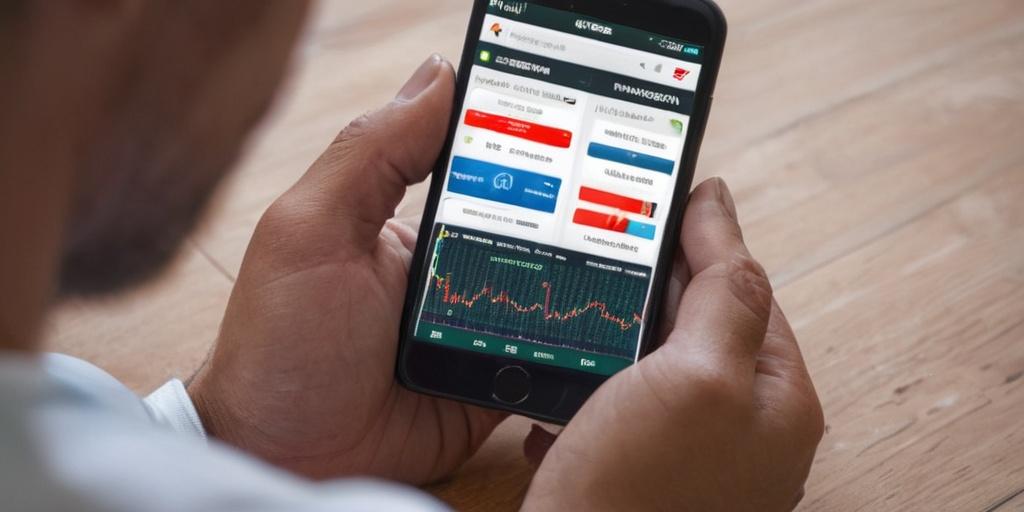Key Take Aways About Momentum Trading
- Momentum trading is like surfing, catching trends and exiting before they reverse.
- Traders use indicators like moving averages and RSI for decisions.
- Key strategies include identifying trends, setting stop-loss orders, and planning exits.
- Risks include sudden trend reversals and overreliance on past performance.
- Successful trading requires discipline, strict loss limits, and tracking market sentiment.
- Advanced software aids in analyzing data and pinpointing buy/sell signals.
- Real-world examples include the meme stock craze and GameStop short squeeze.
- Momentum trading is thrilling but risky, requiring skill and quick decision-making.

Momentum Trading: Making Hay While the Sun Shines
Momentum trading, in plain ol’ English, is like surfing. You spot a decent wave, hop on your board, and hope it doesn’t dump you before you reach the shore. The magic lies in catching trends, riding them just long enough, and bailing out before everything turns south.
What is Momentum Trading?
Here’s the rub: momentum trading banks on the idea that if a stock’s already climbing, it’ll keep climbing—until it doesn’t. It’s that electrifying thrill of not knowing if your investment will skyrocket or nosedive. Traders latch onto patterns, betting on future movement based on the recent past. It’s both a science and an art.
The Mechanics of Momentum
Momentum traders are keeping a sharp eye on stocks, currencies, or even cryptocurrencies that’re making significant moves. They typically lean on indicators like moving averages or the relative strength index (RSI) to suss out the potential and decide whether to jump in or steer clear.
Strategy Breakdown
- Identifying trends: Look for assets with higher-than-usual volume. These are the juicy ones that might serve up some real potential.
- Riding the wave: Buy the asset and hold onto it during its upward trajectory.
- Setting stop-loss orders: Don’t get greedy; know your exit point to cut losses.
- Exit strategy: Sell once the trend starts flagging or hits a predetermined price. Better out too early than too late.
Risks and Rewards
Yeah, there are risks. Stock markets are fickle creatures. What’s skyrocketing today could be tomorrow’s headline for a nosedive. The reward? When it goes right, there’s some serious potential for profit in relatively short order. It’s for those who’ve got thick skin and a taste for the unpredictable.
Recognizing the Risks
The danger is betting on a trend that fizzles out. Trends are complex things, with no guarantees. Overreliance on past performance can lead to a blind spot—assuming they’re a sure thing when, in reality, market tides can turn abruptly.
Mitigating those Risks
Here, setting strict loss limits can save your bacon. And being disciplined? That’s paramount. Emotional trading, impulsive decisions—they’re your worst enemy. It’s crucial to keep track of both overall market sentiment and any relevant news that could affect pricing.
Tools of the Trade
Momentum traders don’t just rely on gut instincts. They wield tools of the trade: charts, indicators, and even sophisticated software that crunches numbers faster than an overeager accountant on tax day.
Technical Indicators
Popular tools include moving averages—a simple indicator that smooths out price data to create a single trend line. Another favorite? RSI, which suggests whether the asset is overbought or oversold, a handy gauge for predicting movement.
Software and Platforms
Some folks get a little help from advanced software that tracks real-time data. This is where the cool kids hang out, analyzing performance, scanning charts, and pinpointing buy and sell signals all within a user-friendly interface.
Real-world Application
Some savvy traders made headlines in periods of market volatility, like during the meme stock craze. They spotted momentum, bought low, and sold high. While not an everyday occurrence, these stories illustrate the potential power of momentum trading.
Short Squeezes
Remember that ruckus over GameStop? A classic case of momentum trading in action. Savvy traders spotted opportunities and jumped in, generating buzz that fed the frenzy. It’s proof that momentum trading, although perilous, can be lucrative when hitched to the right wave.
A Cautionary Tale
Momentum trading isn’t your grandma’s safe investment strategy. One misstep, and you’re left picking up the pieces. Newbie traders often get into hot water by diving headfirst without understanding how sharp the rocks can be.
Wrapping Things Up
Momentum trading might not be for the faint of heart, but for those who’ve got the nerve and a good grasp on strategy, it can be a wild ride with a payoff. It’s the heart-thumping thrill of a risky bet carefully calculated, all hinging on the ability to read the market tea leaves with skill and speed. But remember, every trade’s a gamble, and there’s always a chance of wiping out. So, hold onto your hat, keep your wits about you, and maybe, just maybe, that next wave is the one that’ll carry you to glory.